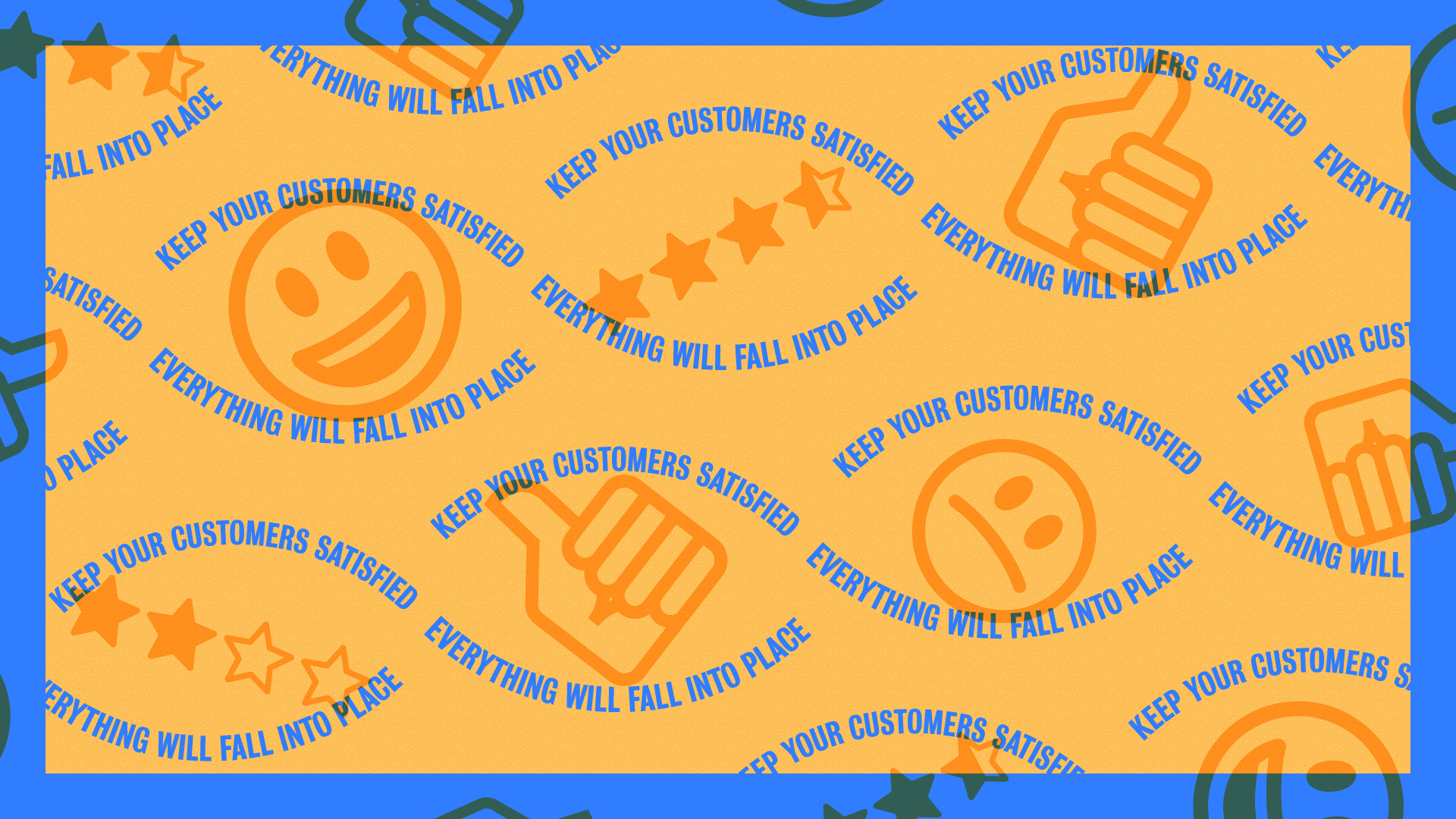
Why Product Managers Should Be Fully Customer Oriented
This article is contributed by Product School.
____________
A product manager is pulled in all sorts of different directions. When building products, they need to think about what the customer wants, what the stakeholders want, what investors expect, what the designers and engineers need. They then need to align that with limited time and resources, as well as with overall business goals.
That’s a lot to account for. It’s no wonder prioritization is such an important topic in the product world. Knowing what’s important, what’s very important, and what’s critical is a challenge product managers are tasked with at all levels.
To maintain focus, product managers must remember the one person who always needs to be at the center of decision-making: the customer.
They pay the bills, they give you visibility, they recommend you to their friends (or not!) and there’s simply no point in building products that have no customers. That’s why product managers should be fully customer oriented.
Need some more convincing?
Let’s get into it.
You’ll Stop Your Bucket from Leaking
When you don’t focus on your customers, you lose them. Your sales team will always be reaching for new customers, but if people are cancelling their subscription, uninstalling your software, or deleting your app after a few weeks, your product becomes what many call a ‘leaky bucket.’ You can keep filling your product with customers, but you’ll never achieve growth if you can’t keep them there.
Being customer oriented means listening to them along the whole journey, and nurturing them even after the point of purchase. By building customer feedback loops into your product, you can constantly monitor their journey and make improvements that keep them loyal. It could be something as simple as emailing users who previously told you that a feature didn’t work, with an update on how you fixed it. Some companies use ticketing systems to achieve this, creating a direct dialogue between users and your customer service team. You could also build optional customer surveys in-app to directly ask for feedback, which will attract users who may feel dissatisfied, but not enough to send an angry email! Feeling heard by you is what turns first-time customers into loyal fans.
You’ll Build Your Reputation
The internet is a powerful thing, for better or for worse. Your customers have opinions, and the internet is their tool to share them.
Your customers own your reputation, and it is very difficult to repair once broken. While many may consider it the job of marketing to maintain a good reputation, it is equally the responsibility of the product team.
Customers have high expectations, and they are becoming increasingly vocal about what they want from brands. Twitter is a prime example. Users have been overwhelmingly vocal about their desire for an edit button. They’ve also called for faster reactions to hate speech and a stronger stance on misinformation. Regardless of the priorities you have aligned on your product roadmap, customers are willing to put a lot of energy into demanding what they want.
While it is important to listen, however, being customer-oriented doesn’t mean giving your users anything they want. Things like stakeholder needs and budget restrictions don’t disappear overnight. In this case, being customer-oriented means being able to effectively communicate with users to let them know what improvements you are and aren’t able to make. This helps to build trust and maintain a good reputation.
You’ll Be Inspired to Innovate
If you’re still not convinced as to why product managers should be fully customer oriented, consider the possibilities for innovation.
Let’s say that you encountered a problem, and you set out to build a product which could be a solution. Without listening to your customers, you are likely making assumptions about what other problems they need solved, or how your product could more effectively help them.
Back in the early 2010s, Google launched a new app in India which was designed to help users clean their phones and free up space on typically lower budget/lower memory phones. While the product was good and did everything it set out to do, the product team found that it was receiving negative reviews… for not being a very good file manager.
Considering that wasn’t the intended purpose, this was fairly surprising for the product team. But because they were listening to their users and making some changes, the app became Google Files, a cloud-based file sharing and storage manager. It solved the original problem (not enough space on the phone) and also presented a new solution (the ability to organize and share files). Google Files now has 100M users with a rating of 4.6/5 on the Play Store.
Food for Thought: Getting Your Product Back on Track
At the end of the day, a product manager is responsible for, and driven by, customer satisfaction.
If you’ve strayed from the path of being customer-oriented, a useful exercise is to ask yourself why. What is pulling your focus away from your customers? Identify the causes and weigh their benefits and costs. Is there a particular set of stakeholders whose demands are detrimental for your customer relationship? That’s a conversation that might be worth having. Is there something users are demanding that you just can’t give them? Find the best way to communicate this to them.
So while it can be challenging to balance all the external opinions and inputs that a product manager is responsible for, just remember that if you build your product’s foundation on customer satisfaction, everything else will fall into place.
Product School is the global leader in product management training, with over 15,000 alumni, 20 campuses worldwide and a live online campus. Product School’s certificates (PMC™,FPMC™,PLC™) are the most important industry-recognized certificates for product managers; all instructors are senior-level product managers working at top technology companies such as Google, Facebook, Airbnb, PayPal, LinkedIn, and Netflix.



